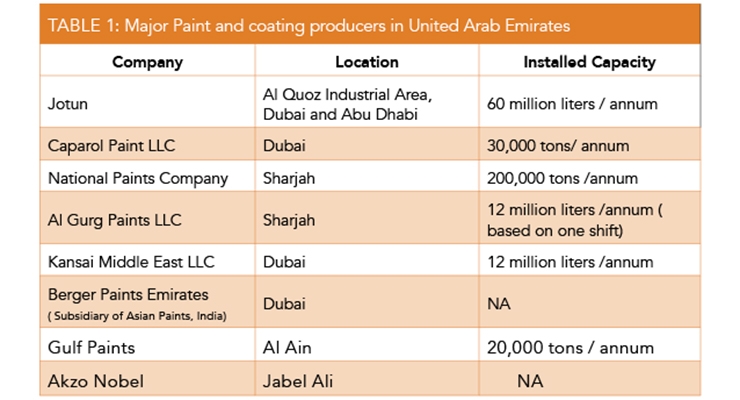Essential Seasonal Aspects Of Commercial Outside Paint: What You Ought To Recognize
Essential Seasonal Aspects Of Commercial Outside Paint: What You Ought To Recognize
Blog Article
Web Content Produce By-Regan Decker
When you're planning an industrial external painting task, seasonal variables can make or break your results. You'll wish to take into consideration just how temperature level and moisture influence paint application and drying out times. Selecting the ideal season can ensure your paint adheres effectively and lasts much longer. But which seasons are really the best for this kind of work? Let's check out the crucial elements that can affect your task's success.
The Influence of Temperature on Paint Application
When you're intending an industrial outside paint task, the temperature level can considerably impact how well the paint sticks and dries.
Ideally, you want to repaint when temperatures vary in between 50 ° F and 85 ° F. If it's too cold, the paint may not heal appropriately, causing concerns like peeling or cracking.
On the other side, if it's too hot, the paint can dry as well promptly, stopping proper bond and leading to an unequal coating.
You need to also take into consideration the moment of day; early morning or late afternoon provides cooler temperature levels, which can be a lot more beneficial.
Always check the manufacturer's referrals for the details paint you're using, as they often provide advice on the suitable temperature array for optimum results.
Moisture and Its Effect on Drying Times
Temperature level isn't the only environmental factor that affects your business exterior painting task; moisture plays a considerable duty too. High humidity degrees can decrease drying times drastically, influencing the general high quality of your paint task.
When the air is saturated with moisture, the paint takes longer to treat, which can result in issues like bad bond and a greater danger of mildew growth. If you're painting on a particularly moist day, be gotten ready for extensive delay times in between layers.
It's important to keep an eye on local weather conditions and plan accordingly. Preferably, aim for humidity levels in between 40% and 70% for optimum drying out.
Maintaining these consider mind guarantees your job stays on track and provides an enduring finish.
Best Seasons for Commercial Outside Paint Projects
What's the most effective season for your commercial outside painting jobs?
painting free estimate and early loss are commonly your best choices. Throughout click here to find out more , temperatures are light, and humidity degrees are typically lower, creating perfect conditions for paint application and drying.
Avoid summer season's intense heat, which can cause paint to dry as well rapidly, leading to inadequate bond and surface. In a similar way, winter months's cold temperature levels can impede appropriate drying and treating, risking the longevity of your paint task.
Go for relevant web-site with temperatures in between 50 ° F and 85 ° F for optimum results. commercial painters near me in mind to check the local weather forecast for rainfall, as wet problems can spoil your job.
Preparation around these aspects guarantees your paint project runs smoothly and lasts longer.
Verdict
To conclude, planning your industrial outside paint jobs around seasonal factors to consider can make a considerable difference in the result. By organizing job throughout the ideal temperature levels and humidity levels, you'll ensure better bond and drying times. Bear in mind to watch on local weather report and choose the right time of year-- spring and early autumn are your best options. Taking these actions will certainly assist you accomplish a durable and specialist finish that lasts.
